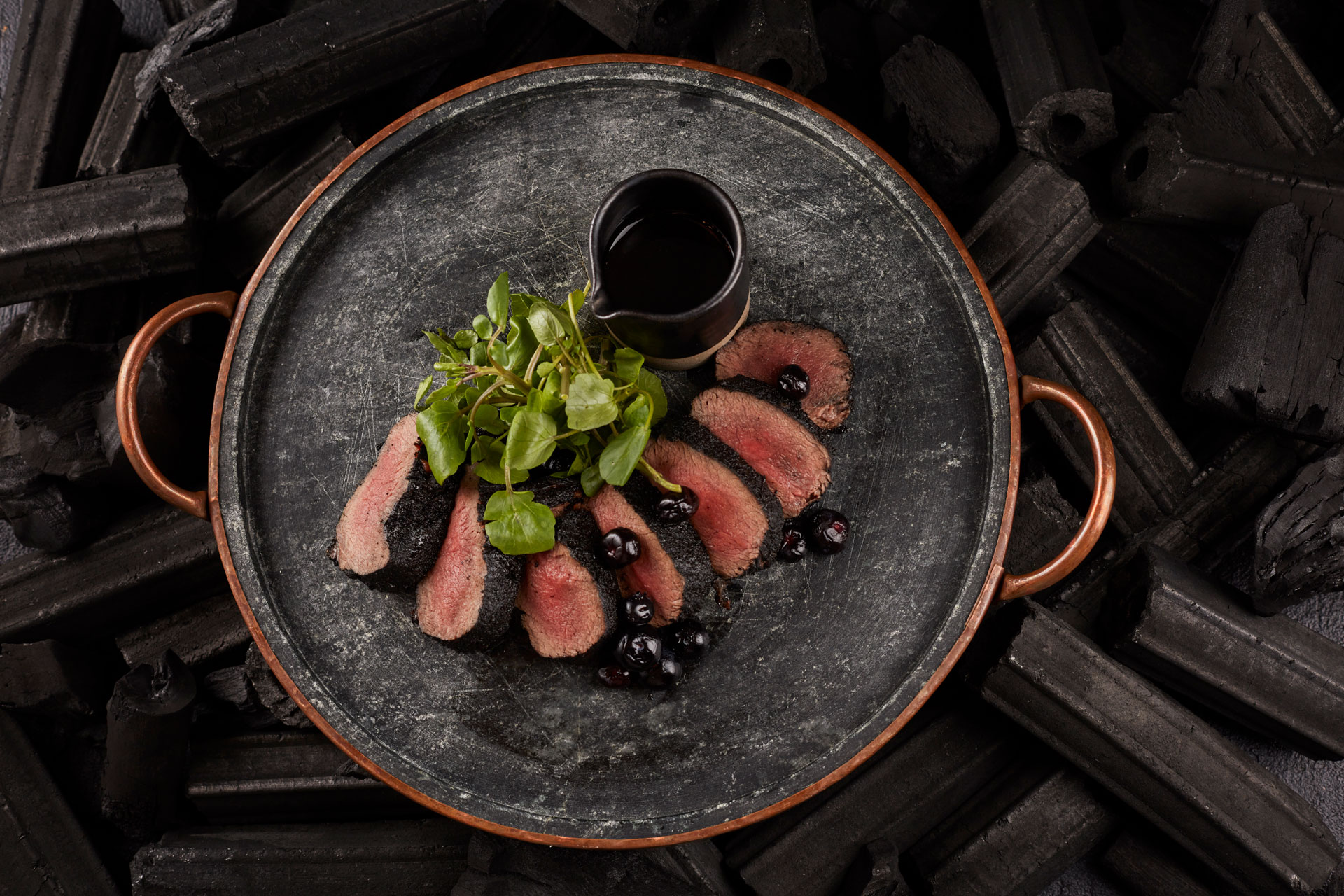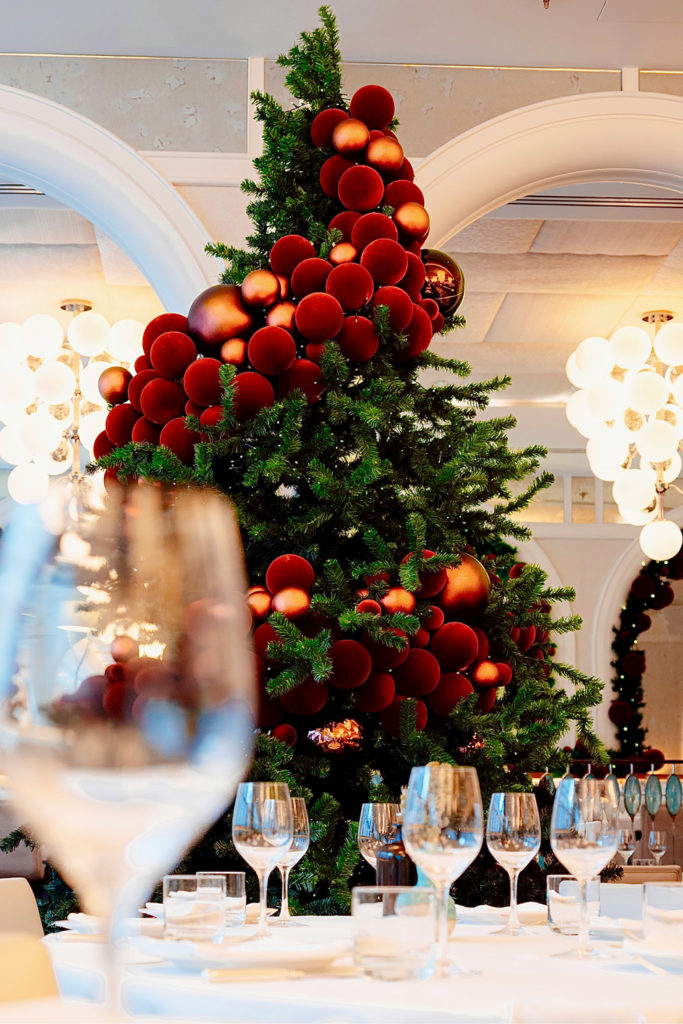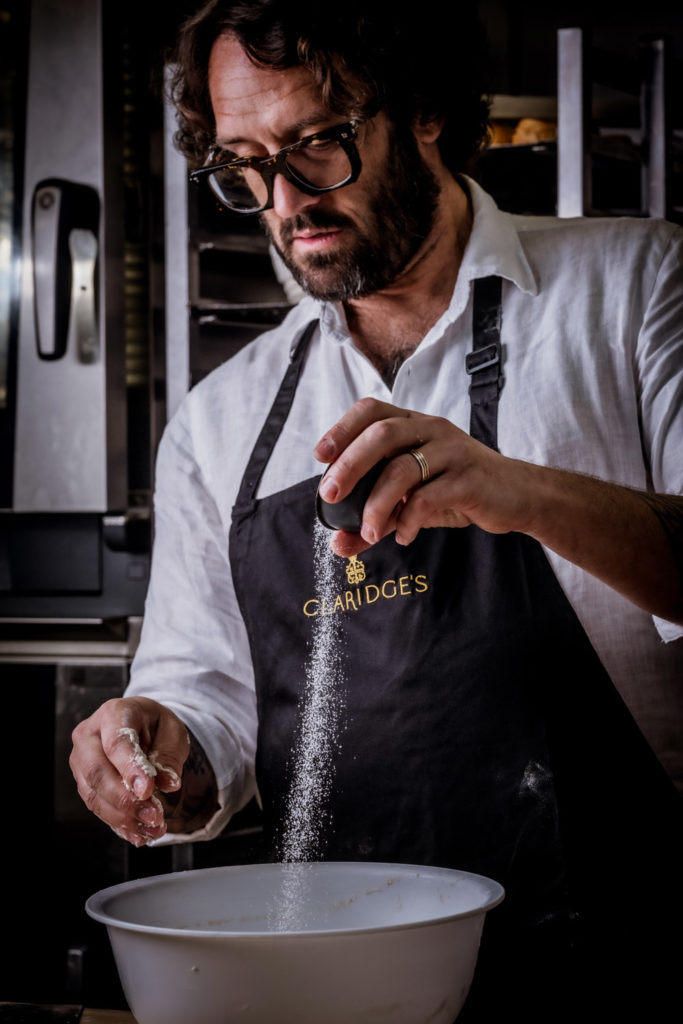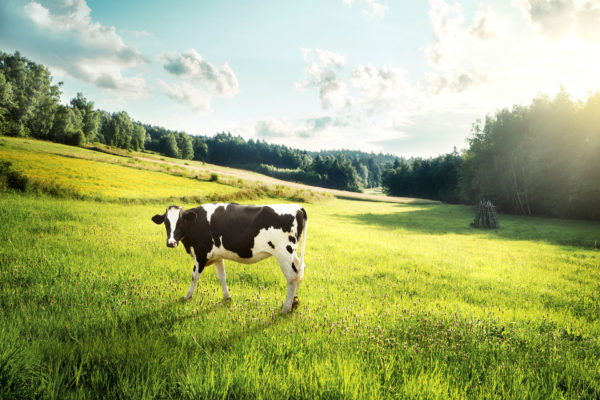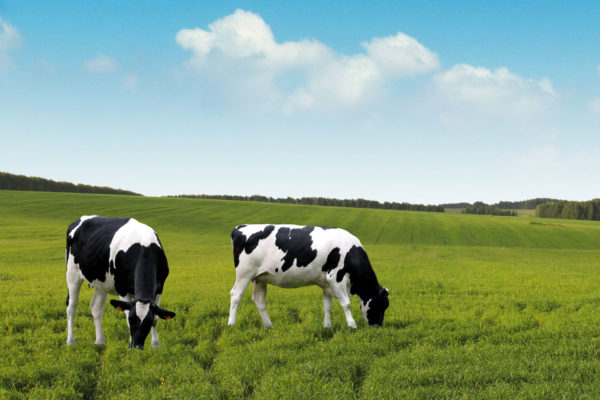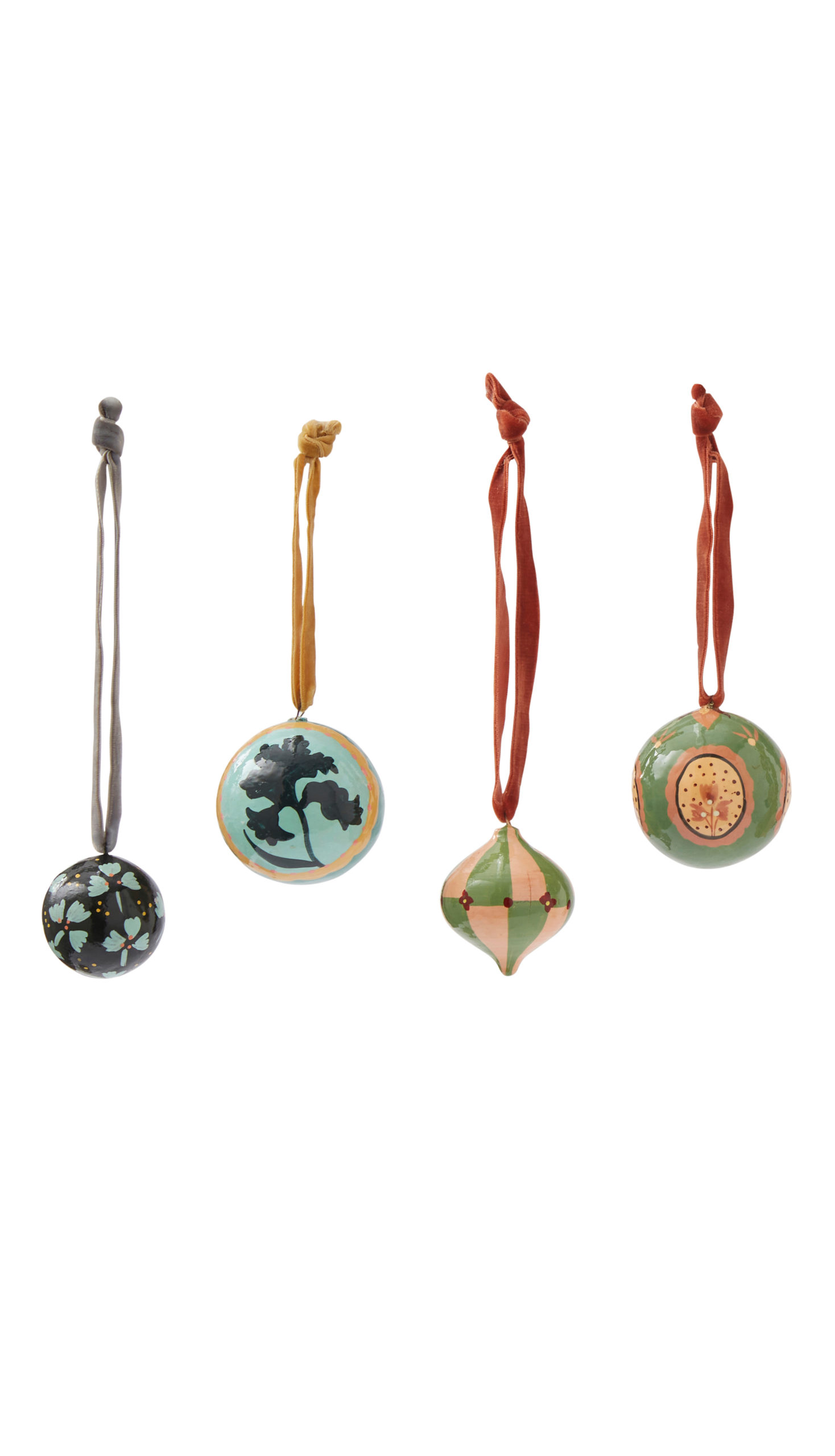What is the Glorious Twelfth – and Why Is It Controversial?
By
4 months ago
Grouse shooting remains a popular tradition, but criticism surrounding it is rife
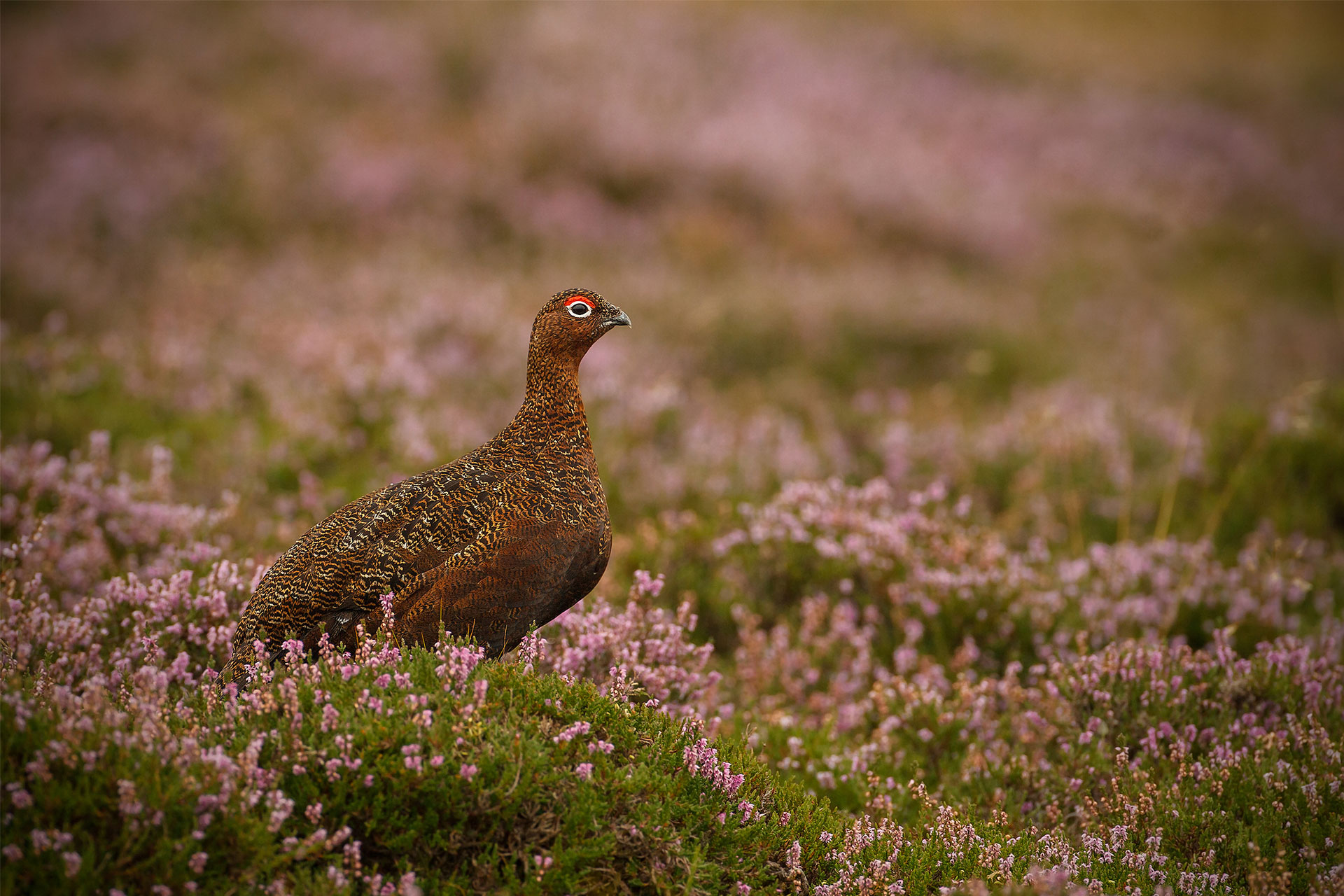
We are fast approaching 12 August: a nondescript midsummer day for some, but for others a crucial day on the calendar. Also known as the Glorious Twelfth, it marks the opening of the shooting season for red grouse, a large, wild bird which is found in the heather moorlands of the UK, often regarded as the king of game. It’s a tradition rooted in history, followed by five months where grouse is all over restaurant menus, revered by chefs for its exclusivity and earthy flavour. Yet not everyone thinks it’s so glorious. While supporters argue grouse shooting creates jobs and tourism in rural areas, it’s also widely criticised by animal rights activists and environmentalists. Here we look at both sides.
The Glorious Twelfth: Everything You Need To Know
What’s The History Of The Glorious Twelfth?
Dubbed by some as the ‘New Year’s Day of hunting’, the Glorious Twelfth dates all the way back to Victorian times. The day was established in England and Wales in 1831, after new legislation was introduced to overthrow a previous law which forbade the hunting of game between August and December. Grouse shooting grew in popularity during the 1850s, when the introduction of widespread railway networks across the UK suddenly allowed more people than ever to reach the moors.
During the ‘40s and ‘50s, when food was being rationed as a result of World War Two, game shooting went from being an aristocratic hobby to a necessary countryside pursuit, with many stories of farmers inviting their employees to large shooting parties.
Nowadays, the Glorious Twelfth remains a popular tradition, particularly in Scotland. After kicking off on 12 August, the grouse season runs for 121 days, and there are certain rules to adhere to, such as no shooting on Sundays.
What Do Supporters Say?
As well as arguing grouse shooting is beneficial for the economy, supporters believe it helps protect precious moorland. Grouse are reliant on heather in the moorlands, so gamekeepers burn parts of this heather to allow it to grow at different lengths. The Countryside Alliance says grouse moor management plays a ‘key role in creating and maintaining our upland landscape’.
There’s also the argument that game is the most ethical and sustainable type of meat. It’s free-range and wild, and sometimes shot as part of managing the landscape for conservation purposes, like planting trees. Some maintain, for instance, that eating British venison is actually good for trees, as deer destroy large tracts of farmland, particularly in the Scottish Highlands. Many eco-minded chefs incorporate game on their menus during grouse season.
Following a petition to ban driven grouse shooting, the UK government released a statement saying: ‘When carried out in accordance with the law, grouse shooting for sport is a legitimate activity and in addition to its significant economic contribution, providing jobs and investment in some of our most remote areas, it can offer important benefits for wildlife and habitat conservation’.
Why Is It Controversial?
Other environmentalists, on the other hand, argue that burning heather can cause serious environmental damage and contribute to global warming. Animal cruelty is also a key concern: as well as the thousands of birds shot every year, wildlife experts say other animals are trapped and killed in order to protect the game birds. The League Against Cruel Sports has accused shooting estates of using snares to trap wildlife in a bid to protect the grouse they wish to shoot. The RSPB (Royal Society for the Protection of Birds) also maintains that the practice is dangerous for the environment, due to the destruction of habitat and the killing of birds of prey.
How Is Climate Change Affecting Grouse Season?
Arguments for and against aside, grouse shooting may be on the decline regardless. Last August, rural businesses reported a significant decrease in the population of red grouse, leading to shoots being cancelled and restaurant supply chains being affected. The RSPB Bird & Wildlife Conservation Charity put the poor breeding down to the cold and wet weather the UK faced last summer, and predicts shooting will become increasingly challenging as climate change continues to disrupt wildlife patterns. Lindsay Waddell, former chairman of the National Gamekeepers’ Organisation, meanwhile, described 2024 as ‘perhaps the worst breeding disaster for 25 years… bitterly cold, wet, with no insects and poor food quality for the adults.’
This spring was less wet, but the hot weather brings problems off its own. As Waddell said, ‘the very hot dry weather would appear to have had an impact on insect numbers,’ (crucial food for chicks) and noted that many moors will be cutting down on shooting days once again.

